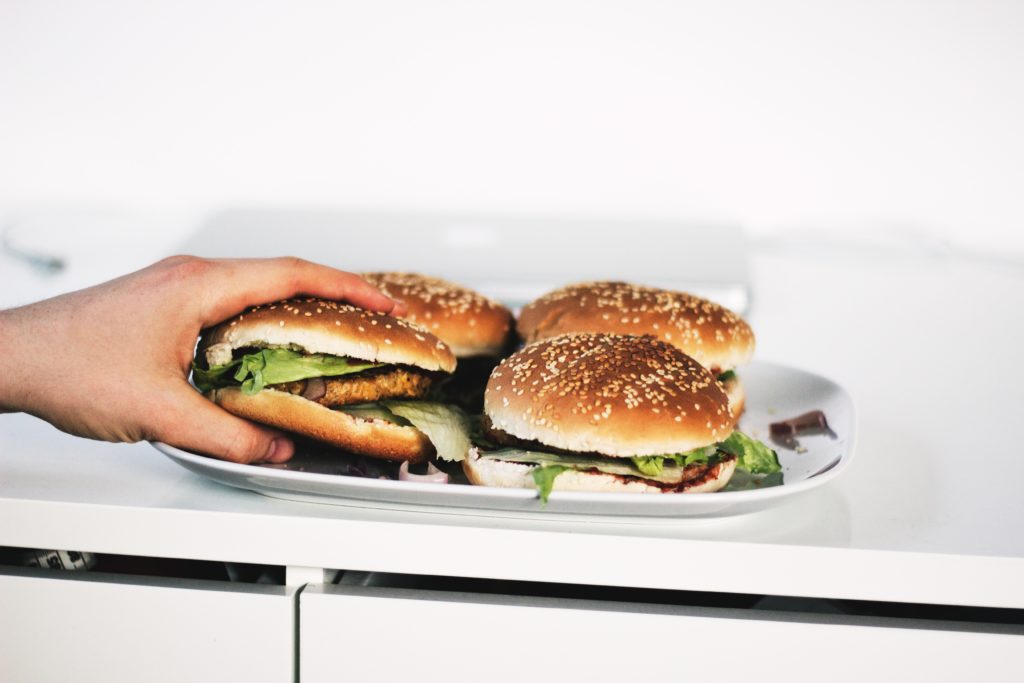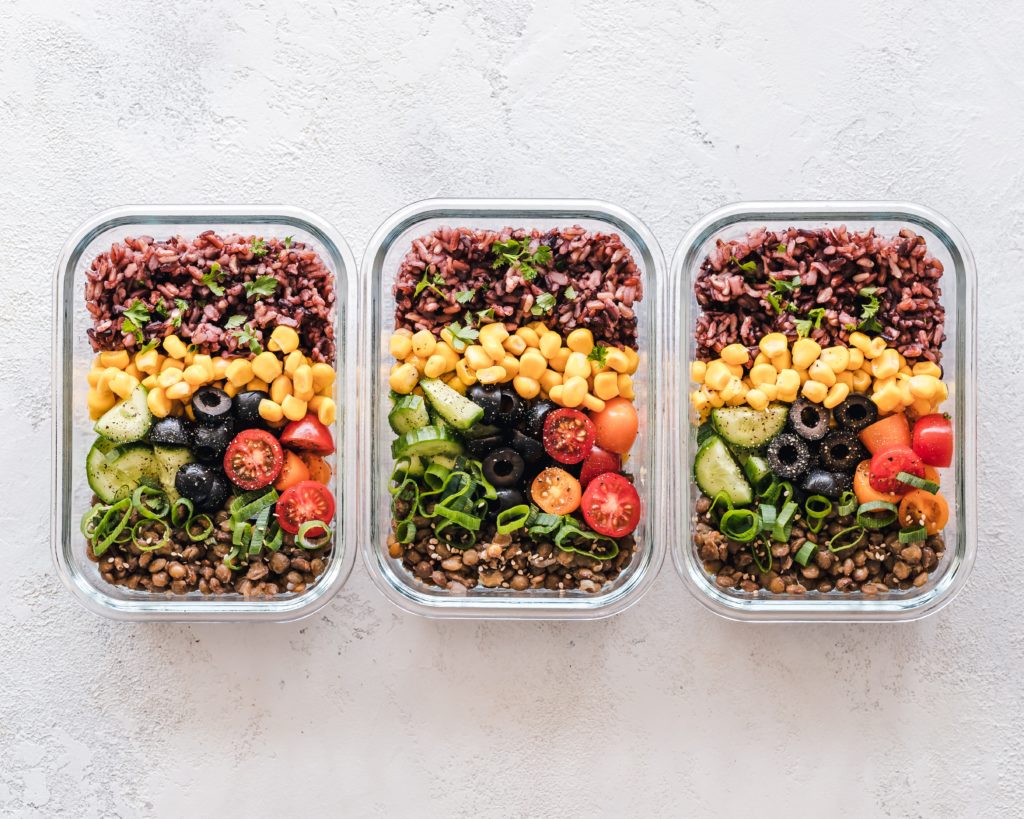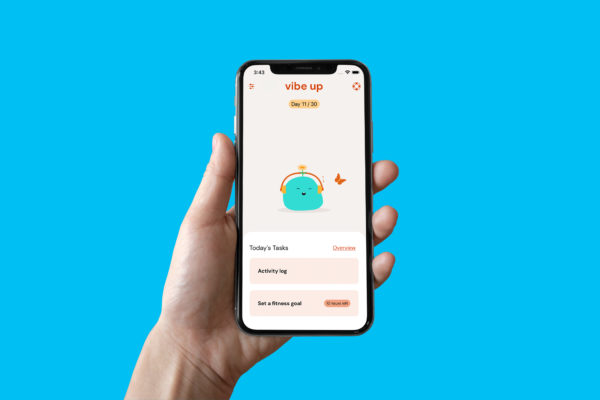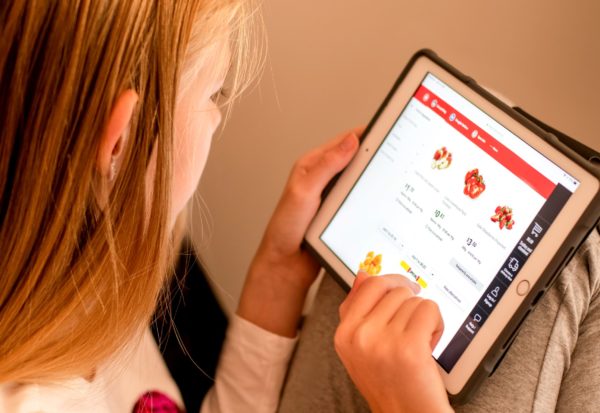When it comes to global obesity rates, it’s discouraging – but perhaps not surprising – to learn that Australia ranks in the top ten of OECD nations.
With 63% of the Australian population (15 years and over) considered either overweight or obese, and with the third highest rate of overweight and obese men, these statistics are the focus of significant public health research and resources.
But it’s new research around marketing and social management that’s now providing insight into ways to promote healthy eating.
Professor Chris Dubelaar, Professor of Marketing with Deakin Business School (DBS), specialises in behavioural eating research and for the past decade he’s been exploring how food consumption is influenced by portions, packaging and social settings.
Too much on our plates

While the reason behind obesity may seem like a simple equation – calorie input vs output – Prof. Dubelaar says it’s important to know we’re not always in control of what we eat.
“The reality is we eat more from larger sizes – portions, plates, and packages – without even noticing and think we’ve eaten same amount as a smaller size serving. More to the point, we’re not good at realising it and the effect persists over many weeks causing us to gain weight.”
He explains that when it comes to eating, our senses choose a logarithmic, rather than linear, approach.
“This means that when a portion size increases, we don’t see that increase for what it is, but for considerably less than it is. We therefore tend to eat more than we should from larger portions, and knowing this allows us to be both better informed and to have a better mechanism through which to control our consumption patterns and thus their effects on our health and well-being.”
Working with researchers from Grenoble Ecole de Management in France, UTS and Macquarie in Sydney, Prof. Dubelaar’s most recent study tested whether doubling the portion of healthy foods increased consumption (in the same way it does with unhealthy snacks) alongside the impact of the environment.
They found that while doubling the portions increased consumption of both healthy and unhealthy snacks, the consumption of healthy food was also influenced by the environment.
“Previous studies have found that people will eat more unhealthy food when presented with a large portion size. But the results of this study tell us that portion size effect also holds true with healthy foods, which opens up the potential for adjusting portion size when trying to encourage healthier eating habits.”
Who’s watching?
He says one of the challenges of behavioural eating research lies in data collection because when research participants know (or believe) they are being watched, the effects of plate size on consumption disappear.
“This means respondents are more careful about the amounts they serve and eat. This has been discussed in the literature as mindfulness, but it’s interesting to see how it plays out. More to the point, it seems to only really play out when people think others are involved, specifically others are watching what they are eating.”
It also means that data collection must be carefully disguised to make sure food consumption is only an incidental part of the process.
“You would think giving people free food would make this kind of research easy, but we cannot tell them that the study is about food or we trigger this form of mindfulness – also called impression management – and that leads to a distortion in the responses. Often we will work with someone collecting data for another purpose and while the respondents are completing that task, we will give them a serving of snacks (large or small, healthy or unhealthy) and then observe how much is eaten after a fixed amount of time,” he explains.
Reading the fine print

Prof. Dubelaar’s research also found that reading the fine print on menus makes a difference.
Findings published in the Journal of Retailing 2018 reveal that when the energy content is published on menus, it not only influences the food choices of consumers but also what restaurants offer.
“We found that using a label, across all conditions, reduced food intake by a modest 27 kilocalories (113 kJ). But when you look at specifics, it works much better on those who are overweight or obese, reducing calorie intake by a further 66 kilocalories (276 kJ). This means that the intervention works better for those who need it than those who do not. These numbers are small but they are per meal and when taken over a year they could add up to a significant reduction in food intake and therefore weight,” he says.
The importance of meta-analysis
Prof. Dubelaar’s other research speciality is in methods of meta-analysis, which is the process of taking previously published research and synthesising it into a coherent whole in a quantitative manner.
As Co-Director of the Deakin Lab for Meta-Analysis of Research (DeLMAR), he says the group is dealing with the ‘replication crises’ currently gripping social sciences.
‘We teach anyone who is interested in finding ways to explore their own literature in a systematic and quantified way. This is critically important because to learn from science, we must know that the preceding results are robust, and meta-analysis is an effective way to assess that.’
Exploring topics
Alongside his DBS teaching commitments, Prof. Dubelaar continues to work on a range of concurrent research projects and often looks for topics that link established theories with unexpected behaviours.
“For example, it is well known that if you break up food into smaller, separated pieces, consumption goes down. That is true, except for those people who are on a diet. For them, consumption goes up. This has been replicated a few times in different contexts now and it still doesn’t make sense,” he says.
Another potential research avenue is to find literature that contains a variety of different results.
“Some might be positive, some negative, and some null. An area like that is ripe for a meta-analytic approach to try to tease out the factors behind the variation in results. It’s not saying some results are wrong, instead, it’s finding the reasons why the results are inconsistent by identifying moderators that explain the inconsistencies,” he says.
A classic example of this is found in the literature around food labelling.
“Prior research shows it has no effect, a positive effect, or a negative effect on how much a person eats. Each piece of research is good science, but it’s finding the differences that allow us to tease out why these results are so different.”
Better business decisions – healthier eating habits

In the big-picture fight against obesity, Prof. Dubelaar’s behavioural eating research is providing important insight into how business decisions impact our health and wellbeing.
“We’re able to show there is a link between how food products are offered and how they are consumed – and this exposes all players to the importance of understanding the underlying consumption decision processes. Food research is now having a significant impact on society, business and government and there are many different ways government policy and food retailing can be changed to improve consumption.”



